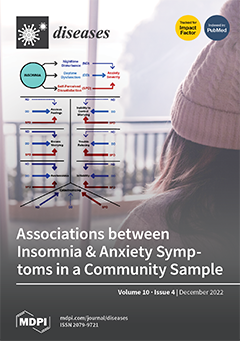Background: Tixagevimab/cilgavimab (TGM/CGM) are neutralizing monoclonal antibodies (mAbs) directed against different epitopes of the receptor-binding domain of the SARS-CoV-2 spike protein that have been considered as pre-exposure prophylaxis (PrEP). Objectives: This study seeks to assess the efficacy and safety of TGM/CGM to prevent COVID-19 in patients at high risk for breakthrough and severe SARS-CoV-2 infection who never benefited maximally from SARS-CoV-2 vaccination and for those who have a contraindication to SARS-CoV-2 vaccines. Design: This study is a systematic review and meta-analysis. The Preferred Reporting Items for Systematic reviews and Meta-Analyses (PRISMA) statement was followed. Methods: Electronic databases (PubMed, CINAHL, Embase, medRxiv, ProQuest, Wiley online library, Medline, and Nature) were searched from 1 December 2021 to 30 November 2022 in the English language using the following keywords alone or in combination: 2019-nCoV, 2019 novel coronavirus, COVID-19, coronavirus disease 2019, SARS-CoV-2, severe acute respiratory syndrome coronavirus 2, tixagevimab, cilgavimab, combination, monoclonal, passive, immunization, antibody, efficacy, clinical trial, cohort, pre-exposure, prophylaxis, and prevention. We included studies in moderate to severe immunocompromised adults (aged ≥18 years) and children (aged ≥12 years) who cannot be vaccinated against COVID-19 or may have an inadequate response to SARS-CoV-2 vaccination. The effect sizes of the outcome of measures were pooled with 95% confidence intervals (CIs) and risk ratios (RRs). Results: Of the 76 papers that were identified, 30 articles were included in the qualitative analysis and 13 articles were included in the quantitative analysis (23 cohorts, 5 case series, 1 care report, and 1 randomized clinical trial). Studies involving 27,932 patients with high risk for breakthrough and severe COVID-19 that reported use of TGM/CGM combination were analyzed (all were adults (100%), 62.8% were men, and patients were mainly immunocompromised (66.6%)). The patients’ ages ranged from 19.7 years to 79.8 years across studies. TGM/CGM use was associated with lower COVID-19-related hospitalization rate (0.54% vs. 1.2%,
p = 0.27), lower ICU admission rate (0.6% vs. 5.2%,
p = 0.68), lower mortality rate (0.2% vs. 1.2%,
p = 0.67), higher neutralization of COVID-19 Omicron variant rate (12.9% vs. 6%,
p = 0.60), lower proportion of patients who needed oxygen therapy (8% vs. 41.2%,
p = 0.27), lower RT-PCR SARS-CoV-2 positivity rate (2.1% vs. 5.8%,
p < 0.01), lower proportion of patients who had severe COVID-19 (0% vs. 0.5%,
p = 0.79), lower proportion of patients who had symptomatic COVID-19 (1.8% vs. 6%,
p = 0.22), and higher adverse effects rate (11.1% vs. 10.7%,
p = 0.0066) than no treatment or other alternative treatment in the prevention of COVID-19. Conclusion: For PrEP, TGM/CGM-based treatment can be associated with a better clinical outcome than no treatment or other alternative treatment. However, more randomized control trials are warranted to confirm our findings and investigate the efficacy and safety of TGM/CGM to prevent COVID-19 in patients at risk for breakthrough or severe SARS-CoV-2 infection.
Full article





